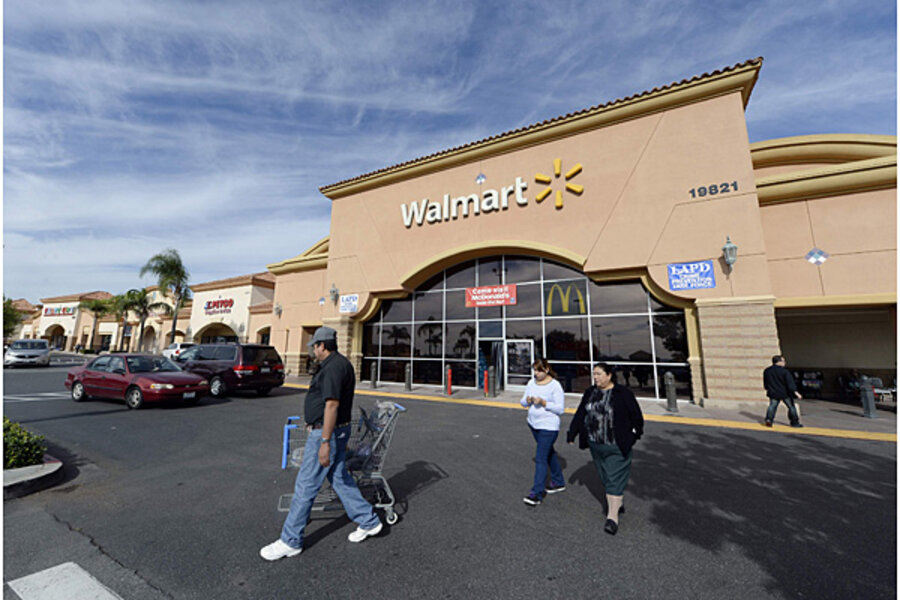Walmart wants to sell cheaper organic food. Is that good or bad?
Loading...
Walmart is going organic, which, because of its size and market influence, could alter the very meaning of the term.
The world’s largest retailer announced Thursday that it would be partnering with Wild Oats, a prominent health food label, to expand the organic offerings in its grocery section and drive down the price of organic foods across the country.
“We know our customers are interested in purchasing organic products and, traditionally, those customers have had to pay more,” Jack Sinclair, executive vice president of grocery at Walmart US, said in a company press release. “We are changing that and creating a new price position for organic groceries that increases access. This is part of our ongoing effort to use our scale to deliver quality, affordable groceries to our customers.”
Starting later this month, the Wild Oats label will begin to appear in the retailer’s grocery sections on approximately 100 USDA certified-organic products, including canned goods, salsa, and spices, among others. On average, those offerings will be 25 percent cheaper than organics sold by competitors, according to the company. Prices on Walmart's existing organic offerings apart from the Wild Oats products, including produce and milk, will not be reduced.
“By partnering with Walmart, Wild Oats is starting a movement that makes it easier than ever for customers to access affordable organic and natural products,” Wild Oats CEO Tom Casey said in the release. “Our availability at Walmart will allow us to finally pass along scalable savings directly to consumers.
Walmart is the largest grocer in the United States, with about 18 percent of the nation’s grocery market share. The company first started entered the organic market in 2006, offering some organic produce and stocking organic packaged foods from mainstream brands like Hershey and Kraft. The Wild Oats partnership improves upon that initial effort in two ways, says Phil Howard, an associate professor who studies food systems at Michigan State University in East Lansing. For one, “a label like Wild Oats already has a long history and trust from organic consumers, so Walmart could see this as a more effective way to reach them,” he notes. Second, the partnership gives the company a wider network of organic suppliers ripe for negotiation, which could help give them the leverage to reduce prices.
Because of its sheer size, Walmart’s actions tend to have a major impact on retail at large, both in the grocery sector and otherwise. Organic food is no different, Mr. Howard notes, and the retailer’s push into the space could mean major changes for the industry, both positive and negative.
“For consumers, it’s a mixed bag. It means greater access to organic foods at lower prices, but there will be less transparency,” he says. “These private label companies don’t have to disclose who’s manufacturing it, and my concern is that given Walmart’s emphasis on price, more foods will be produced in China and Latin America. Consumers want to support domestic farmers, but they’re not doing that with the growth of Big Organic.”
From a market standpoint, high-end food retailers like Whole Foods shouldn’t see much of an impact, but more mainstream grocers that sell organics, like Kroger, should be concerned. Walmart has expressed interest in expanding its low-priced organic offerings to fresh items like produce, milk, and salads, according to Reuters.
The potential effects are mixed on the agricultural end as well. As organic foods become more mainstream and in demand from the public, it could pressure conventional farmers to use organic framing techniques to grow their crops. Despite hearty growth over the past decade, certified organic cropland still makes up just 0.8 percent of the total cropland in the US. But Howard worries that the increased mainstreaming of organics (you can now find organic offerings at a 7-Eleven, for example) could weaken federal standards for organic farming and food production.
“Long term, there is going to be pressure on both the organic standards and conventional farmers to meet in the middle,” he says. “It’ll be interesting to see.”








